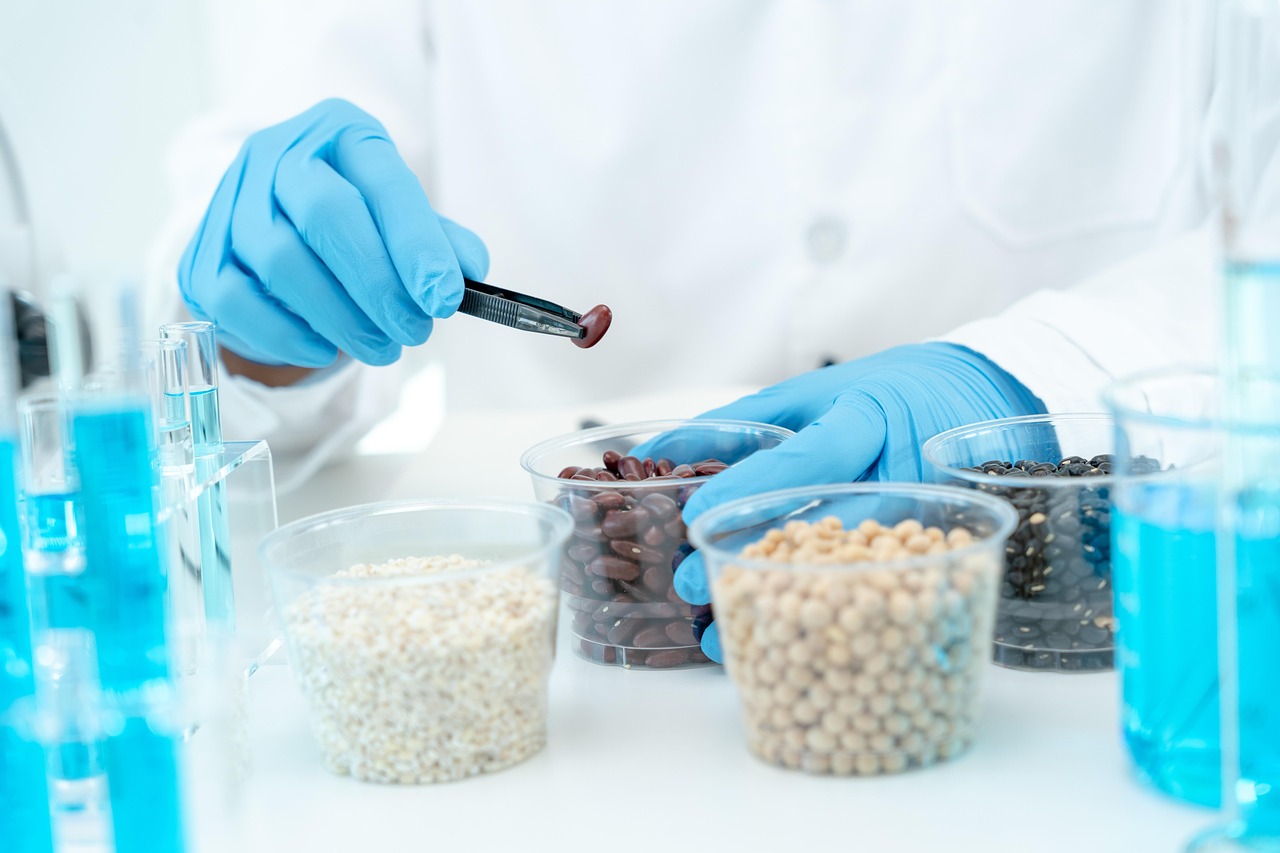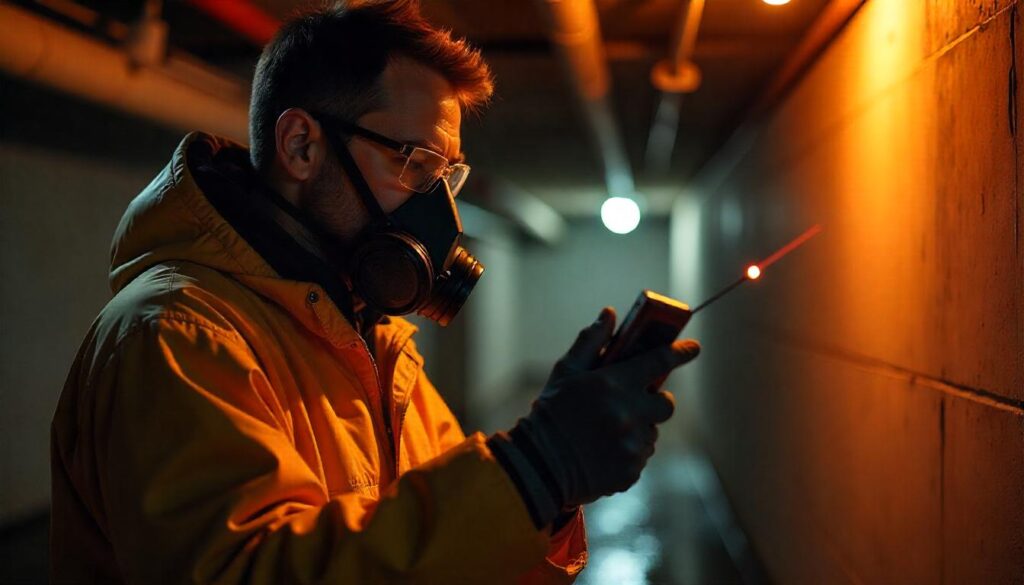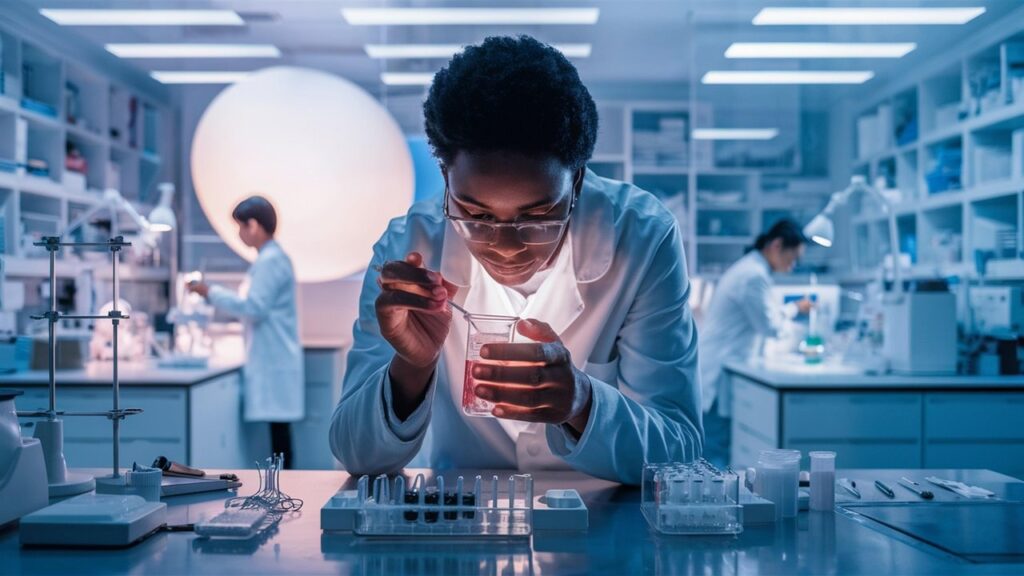Shelf-life testing is a crucial aspect of the food industry. It refers to determining the period during which a food product maintains its safety, quality, and freshness. Exceeding the shelf life of a food product can pose a risk to consumer health and safety while discarding it before expiry can result in significant waste and financial loss. Hence, determining the shelf life of food is essential for ensuring food safety and minimizing waste.
This article discusses several methods used to determine the shelf life of food, including sensory evaluation, microbiological testing, chemical testing, and accelerated shelf life testing.
Sensory Evaluation
Sensory evaluation is a method of determining the shelf life of food by analyzing its sensory properties such as appearance, taste, texture, and aroma. A panel of trained experts uses their senses to evaluate the quality of the food product over time.
Experts detect changes in sensory properties that can occur during storage or shelf life, identifying the point at which the food product no longer meets quality standards. Sensory evaluation is commonly used for perishable food products such as fruits, vegetables, and meats that can change rapidly over time.
One advantage of sensory evaluation is that it provides a holistic assessment of the quality of the food product. However, it is subjective and can be influenced by factors such as the expertise of the panel members and environmental conditions. Also, it can be time-consuming and expensive, especially if a large number of samples need to be evaluated.
Microbiological Testing
Microbiological testing is a method of determining the shelf life by measuring the growth of microorganisms such as bacteria, yeast, and mold on your food. Samples of the food product are taken and analyzed for the presence of microorganisms.
The number and type of microorganisms present in the sample can indicate the level of contamination and the potential for spoilage. By monitoring the growth of microorganisms over time, it is possible to determine the shelf life of the food product. Microbiological testing provides a quantitative measure of food safety and quality.
However, it can be time-consuming, requires specialized equipment and expertise, and is limited to the detection of specific microorganisms, which may not detect other spoilage factors such as chemical or physical changes. Despite these limitations, it is an important tool for ensuring food safety and quality.
You can also checkout our blog on shelf life testing methods to get more detailed information.
Chemical Testing
Chemical testing is a method of determining the shelf life of food by analyzing the chemical changes that occur in the food product over time. Specific compounds in the food product, such as pH, acidity, and oxidation products, are measured.
By monitoring the levels of these compounds over time, it is possible to identify changes in the food product that can affect its safety, quality, and freshness. Chemical testing is commonly used for non-perishable food products such as canned goods and packaged snacks. One advantage of chemical testing is that it provides an objective and quantitative measure of food quality.
However, it requires specialized equipment and expertise, is often more expensive than other methods, and may not detect all types of spoilage. Despite these limitations, it is an important tool for ensuring food safety and quality.
Accelerated Shelf Life Testing
Accelerated shelf life testing is a method of determining the shelf life of food by subjecting it to conditions that accelerate the aging process. This method predicts the shelf life of a food product in a shorter period than would occur under normal storage conditions.
The food product is stored at higher temperatures and humidity levels than the recommended storage conditions. By monitoring the changes in the food product over a shorter period, it is possible to predict its shelf life.
Conclusion
We have discussed several methods for determining the shelf life of food, including sensory evaluation, microbiological testing, chemical testing, and accelerated shelf life testing. Each method has its advantages and disadvantages, and the choice of method will depend on the specific food product being tested and the desired outcome.
Determining the shelf life is crucial for ensuring food safety and quality, as well as for reducing food waste. By knowing the shelf life of a food product, manufacturers can make informed decisions about packaging, storage, and distribution.
If you are looking for Food shelf-life testing lab in India, SMLSA is a leading provider with expertise in the field. Our team of experts can help you determine the best method for testing your food product and provide you with accurate and reliable results. With our state-of-the-art facilities and commitment to quality, you can trust SMLSA to help you ensure the safety and quality of your food products.











